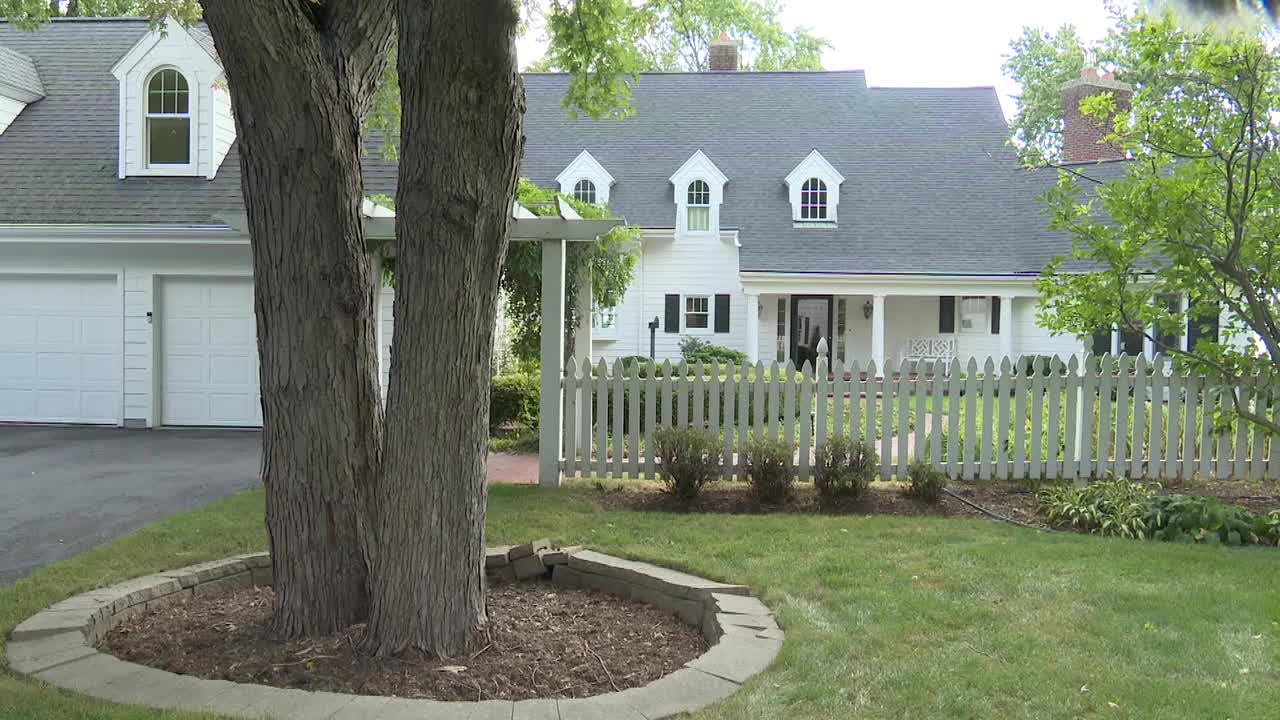- Realtor Karl Volkman explains some of the factors contributing to the ongoing housing crisis in the area.
- The "Missing Middle" is unable to afford entry-level homes.
- This includes first-time home buyers, retirees, and the working class.
(The following is a transcription of the full broadcast story)
Something called the “middle crisis” is affecting working-class people, first-time homebuyers, and retirees who want to buy affordable houses.
“It's primarily everything almost below $500,000.”
According to the Housing Now Coalition, since 2017, housing prices have risen 16.5% faster than salary increases.
“And of course, new construction costs have gone up substantially in the last five years.”
This is affecting the entry-level groups known as the “missing middle.”
I spoke to realtor Karl Volkman about this problem.
“With our shortage of inventory, sellers are reluctant to put their homes on the market because they don't have anywhere to go.”
Volkman says in his long career as a realtor, he’s seen many trends in the market. The middle crisis is an extension of many issues, including a mortgage crisis fifteen years ago.
“The things that people don't take into account are the lack of new construction from about 2007 to 2012, and seniors living longer and staying in their homes. Both of those have contributed to the lack of inventory we have today.”
Housing experts say as long as inventory stays low, prices will stay high.
“I've sold houses when rates were higher, and people still left their lower rate for a higher rate. but there were more options and right now there's so few options as far as inventory. We just have this bottleneck.”
So what’s the solution? Well, that’s tricky. Volkman suggests the solution is more inventory.
For relief, prospective homeowners must hope for an increase in development and availability. Interest rate relief isn’t the whole solution.



